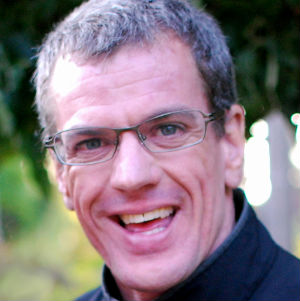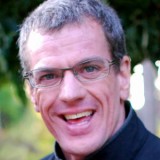Stadel Joachim, Dr.


Please give us a personal quote or a quote of a famous person (e.g. of Albert Einstein) that describes you and your life/work.
The most impressive fact is that gravity is simple. It is simple to state the principles completely and not have left any vagueness for anybody to change the ideas of the law. It is simple, and therefore it is beautiful. It is simple in its pattern. I do not mean it is simple in its action—the motions of the various planets and the perturbations of one on the other can be quite complicated to work out, and to follow how all those stars in a globular cluster move is quite beyond our ability. It is complicated in its actions, but the basic pattern or the system beneath the whole thing is simple. This is common to all our laws; they all turn out to be simple things, although complex in their actual actions. — Richard P. Feynman ‘The Law of Gravitation, as Example of Physical Law’, the first of his Messenger Lectures (1964), Cornell University. Collected in The Character of Physical Law (1967), 33-4.
Please describe your job in only one sentence and tell us what the most important goal of this work is.
I develop codes with which I can simulate the gravitational evolution of planetary bodies or of larger cosmic structures in as direct a way as possible; a task typically requiring a high degree of parallel computing. Understanding how this complex dynamical evolution leads to the growth and sculpturing of planetary systems is the goal of this work.
How did you get into this research/work field?
As a graduate student in Toronto it was my supervisor Ray Carlberg who got me into astrophysical simulations, and Scott Tremaine and Prasenjit Saha got me interested in Solar System integrations. Later when I went to Seattle it was George Lake and Thomas Quinn who kept the iron hot.
What would be the greatest discovery you would like to see in your life time?
Probably the discovery of the dark matter particle, but there would also be a certain sadness, a closing of accounts of sorts. But invariably new questions will surface, so maybe it wont be so melancholy…
You work for the NCCR PlanetS. What do you think will the NCCR enable you to do you couldn’t do without it?
Certainly opening up new horizons for our simulations, new applications, but also connecting the scales we study with our methods to chemical, geophysical and perhaps even atmospheric processes. I also see the closer interaction with people involved with hard data science within NCCR PlanetS as a very healthy process for me.


Comments are closed.